segments of a cell
a cooperation with the hans-knöll institute jena
from july-november 2021
Art & Science
Cells
Computerscience
Neural Network
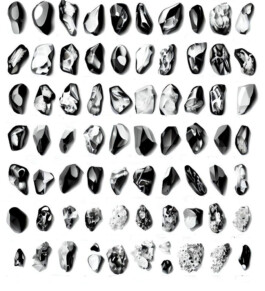
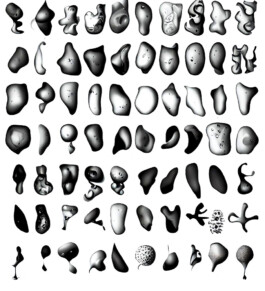
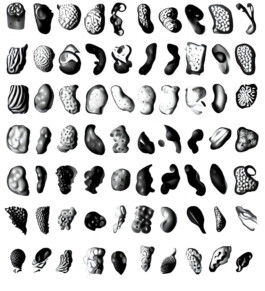
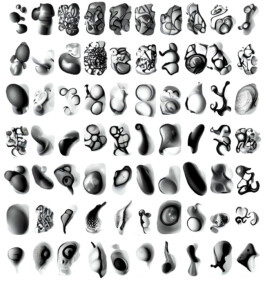
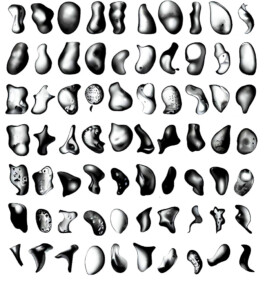
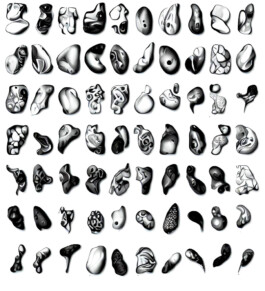
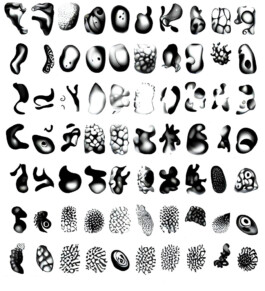
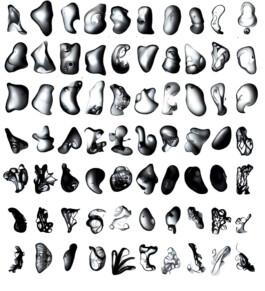
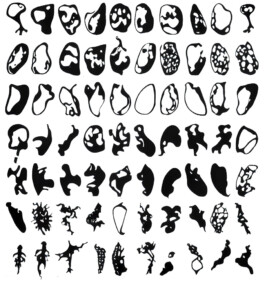
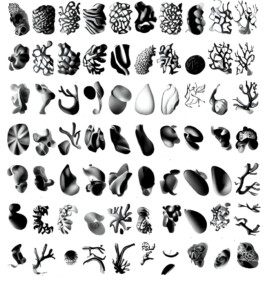
SOEC (Description)
Tamara Knapp worked together with the Department of Bioinformatics at the Hans Knöll Institute in Jena. There she examined datasets of various cells; fungi, fluorescent and neutrophils. She converted pixel-based images contained in the datasets into digital graphics. In this process she implemented artificial intelligence for further automized recognition of the outer and inner shape contour of these different kind of cells. After analyzing and reconstructing these shapes a 300 page archive demonstrates how the artist explored the aesthetic potential of these images as a basis of her further work.
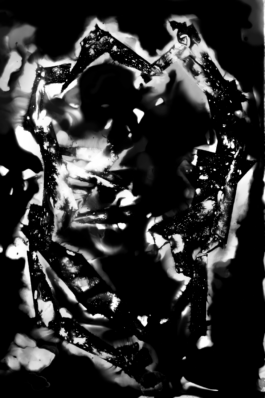
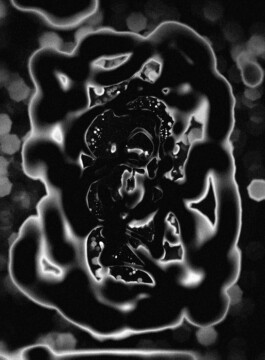
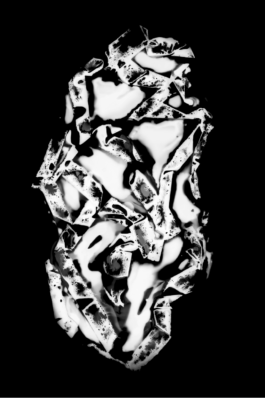
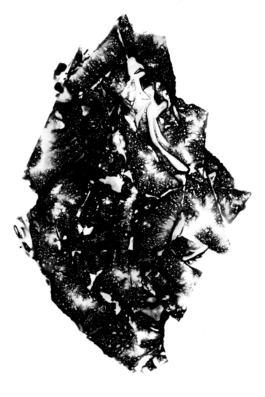
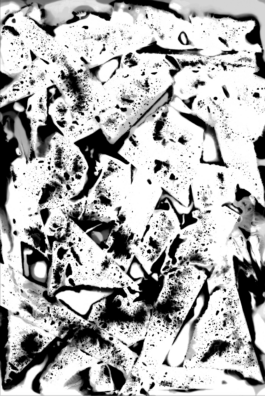
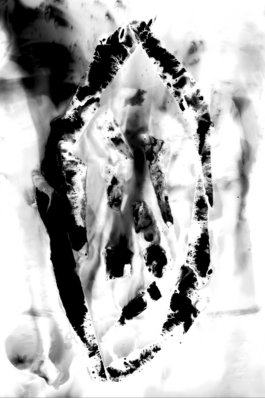
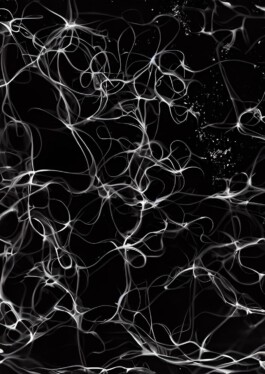
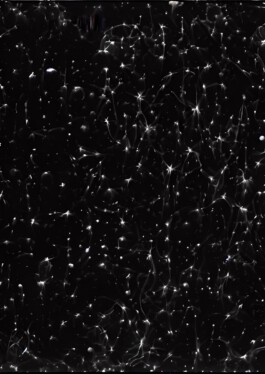
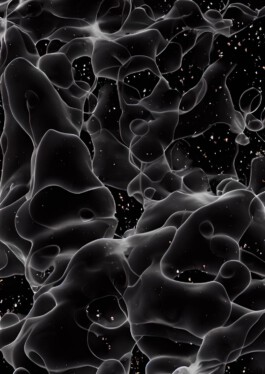
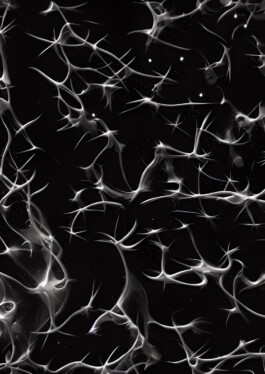
Six laser cut sculptures are part of an image based study entitled »Segments Of A Cell«. The sculptures display the forms of the cells as well as reflect the possibilities of a close relationship between technology and art regarding their way of production. In addition to these sculptures, Tamara created a three channel video work and eleven prints.
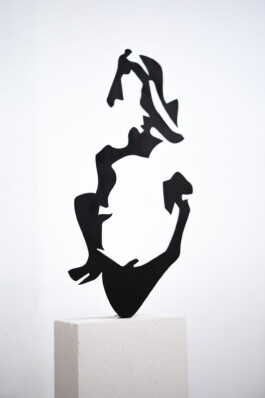
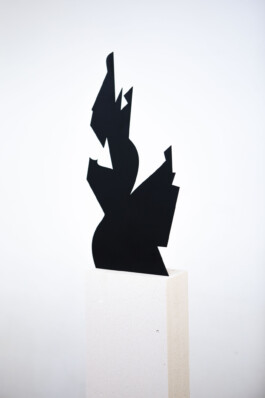
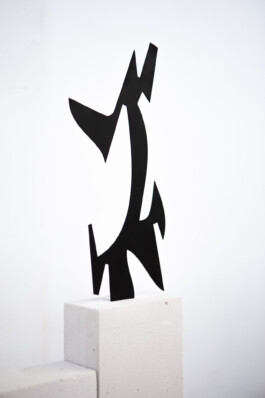
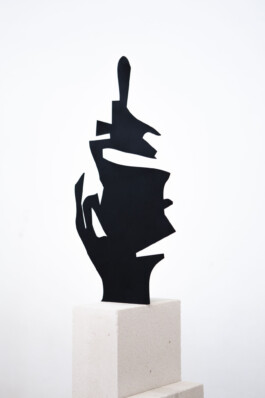
The prints are processed enlargements of chemigrams. In this sense she translates images of a highly technologized praxis into one of the first mechanized imaging processes – photographic film. Highly technological and analogue processes are combined. What emerges is an artistic product between scientific methods of bioinformatics and the unbreakability and irreversibility of analogue image production.
The group of works not only deals with the different handling of image material in the field of Arts & Science, their contrary approaches and similarities, but it also refers to traditional discourses of the humanities: What can the human eye capture? What can only be seen with the artificial eye of bioengineering? And what information do we draw from that?
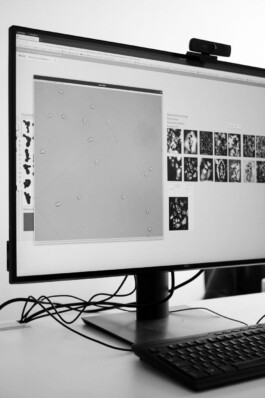
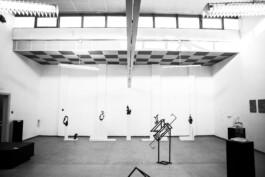
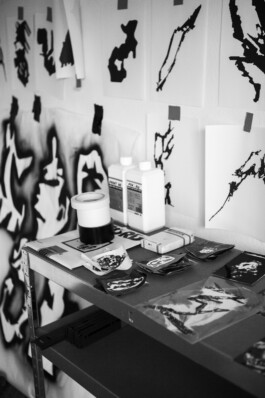
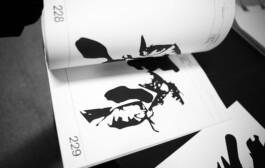
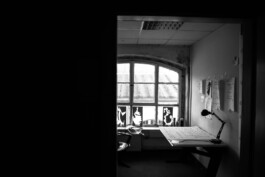
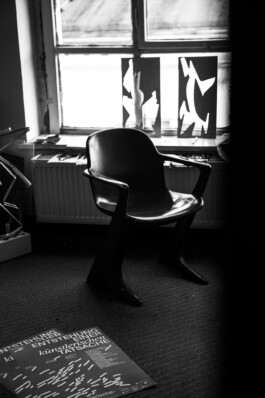
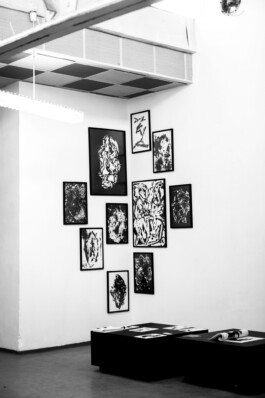
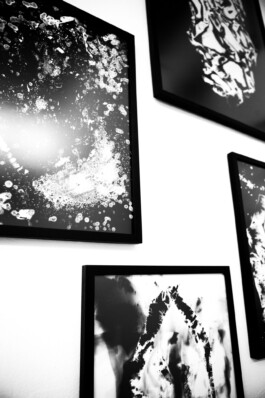
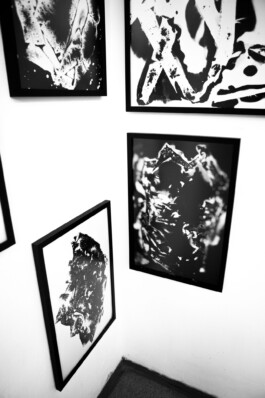
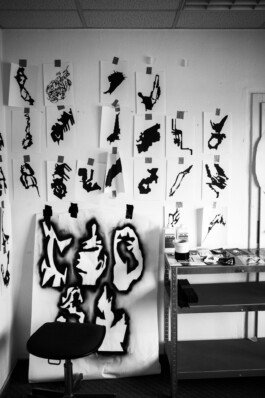
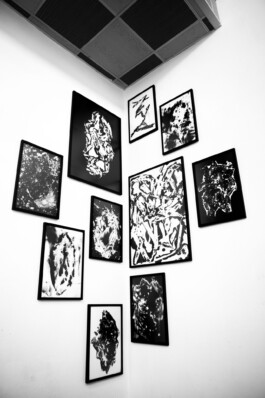

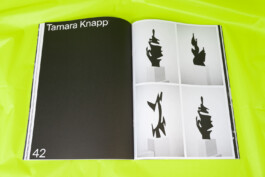
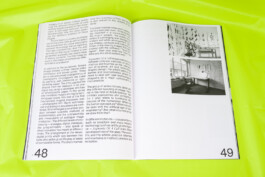
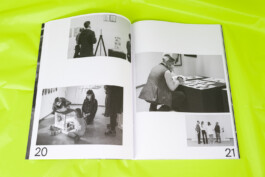
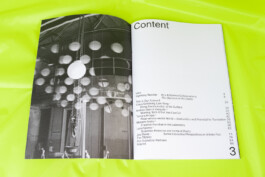



segments of a cell
a cooperation with the hans-knöll institute jena
from july-november 2021










SOEC (Description)
Tamara Knapp worked together with the Department of Bioinformatics at the Hans Knöll Institute in Jena. There she examined datasets of various cells; fungi, fluorescent and neutrophils. She converted pixel-based images contained in the datasets into digital graphics. In this process she implemented artificial intelligence for further automized recognition of the outer and inner shape contour of these different kind of cells. After analyzing and reconstructing these shapes a 300 page archive demonstrates how the artist explored the aesthetic potential of these images as a basis of her further work.










Six laser cut sculptures are part of an image based study entitled »Segments Of A Cell«. The sculptures display the forms of the cells as well as reflect the possibilities of a close relationship between technology and art regarding their way of production. In addition to these sculptures, Tamara created a three channel video work and eleven prints.




The prints are processed enlargements of chemigrams. In this sense she translates images of a highly technologized praxis into one of the first mechanized imaging processes – photographic film. Highly technological and analogue processes are combined. What emerges is an artistic product between scientific methods of bioinformatics and the unbreakability and irreversibility of analogue image production.
The group of works not only deals with the different handling of image material in the field of Arts & Science, their contrary approaches and similarities, but it also refers to traditional discourses of the humanities: What can the human eye capture? What can only be seen with the artificial eye of bioengineering? And what information do we draw from that?















